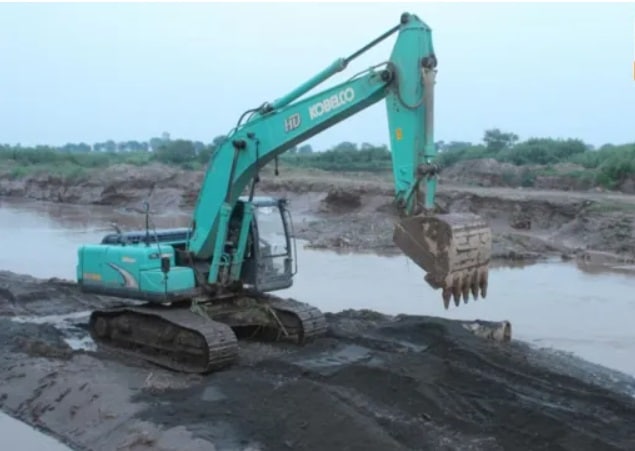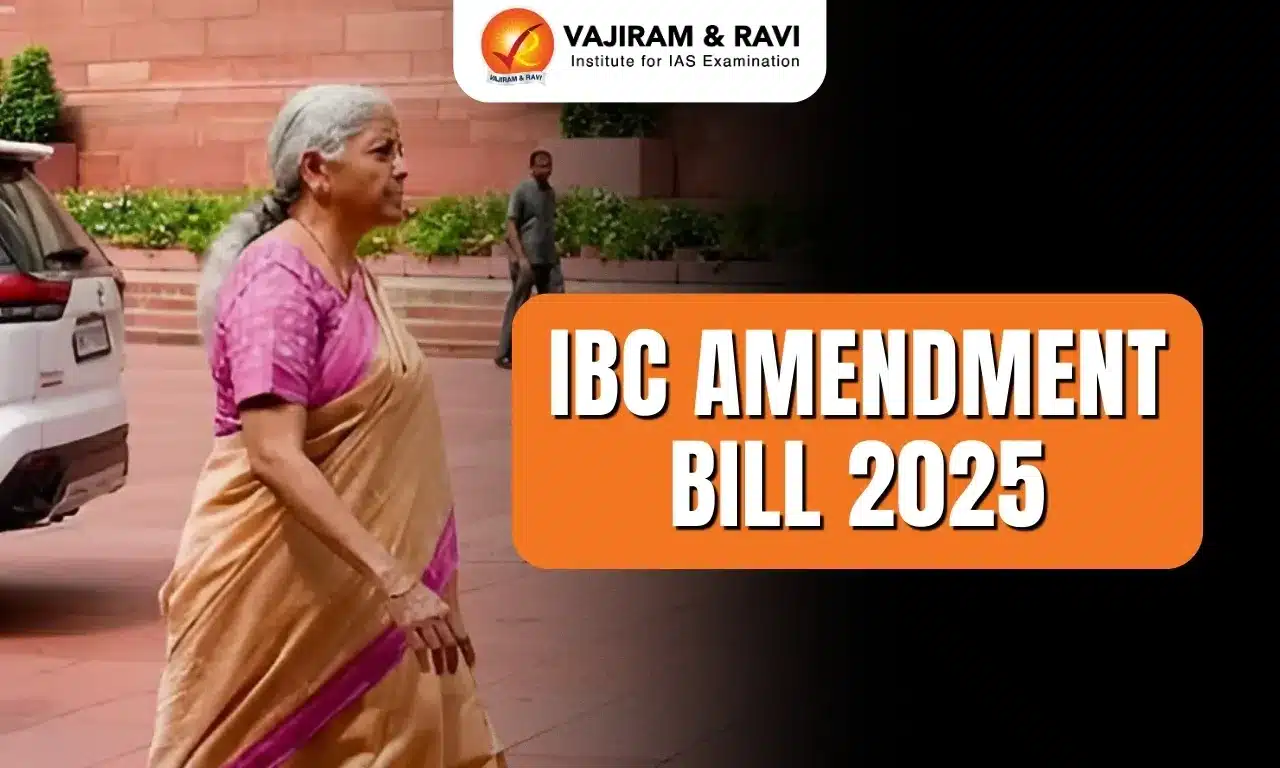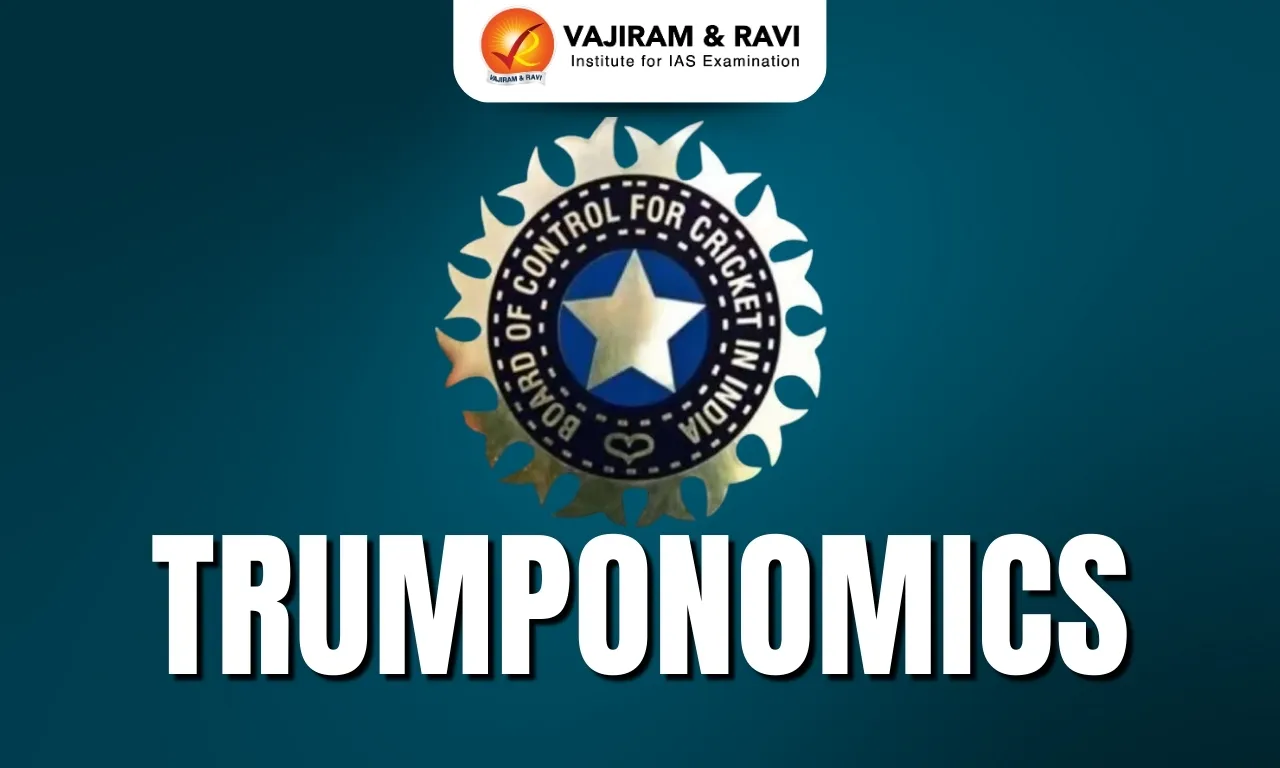What’s in today’s article?
- Why in news?
- Critical minerals
- What are Critical Minerals?
- Recent Efforts by the Indian Govt to Boost its Critical Minerals Sector
- News Summary: Mining for critical minerals
- Key highlights
- What are the estimated reserves of key critical minerals in these blocks?
- How does India currently get its supplies of these minerals?
Why in news?
- Twenty blocks of critical minerals are currently on auction for commercial mining by the private sector.
- The bidding process began on November 29, and bids can be submitted until January 22 next year.
What are Critical Minerals?
- A mineral is critical when the risk of supply shortage and associated impact on the economy is (relatively) higher than other raw materials.
- These minerals are essential for economic development and national security, and their lack of availability/ the concentration of extraction/ processing in a few geographical locations could potentially lead to supply chain vulnerabilities.
- These (such as lithium, graphite, cobalt, titanium, and rare earth elements) are essential for the advancement of many sectors, including high-tech electronics, telecommunications, transport, and defence.
- It forms part of multiple strategic value chains, including –
- Clean technologies initiatives such as zero-emission vehicles, wind turbines, solar panels;
- Information and communication technologies, including semiconductors; and
- Advanced manufacturing inputs and materials such as defence applications, permanent magnets, ceramics.
Recent Efforts by the Indian Govt to Boost its Critical Minerals Sector
- Identification of 30 Critical Minerals by the Indian Govt
- In July 2023, released a list of 30 critical minerals for India.
- These minerals are Antimony, Beryllium, Bismuth, Cobalt, Copper, Gallium, Germanium, Graphite, Hafnium, Indium, Lithium, Molybdenum, Niobium, Nickel, PGE, Phosphorous, Potash, REE, Rhenium, Silicon, Strontium, Tantalum, Tellurium, Tin, Titanium, Tungsten, Vanadium, Zirconium, Selenium and Cadmium.
- Allowed mining
- The govt amended a key law to allow for the mining of three critical minerals, lithium, niobium, and REEs, earlier this year.
- To attract bidders, the government also specified new royalty rates for critical minerals, matching global benchmarks.
- Increased exploration work by Geological Survey of India
- The Geological Survey of India has taken up 125 projects in the current fiscal to explore critical mineral reserves in the country.
- It had carried out mineral exploration in Salal-Haimna areas (Reasi district, J&K), and estimated 5.9 million tonnes of lithium ore.
- In the preceding eight fiscal years, a total of 625 mineral exploration projects were undertaken.
- The Geological Survey of India has taken up 125 projects in the current fiscal to explore critical mineral reserves in the country.
- Centre of Excellence for Critical Minerals
- Report of the Committee on Identification of Critical Minerals, released in June 2023, recommended that a Centre of Excellence for Critical Minerals should be established.
- This is to frame policies and incentives for creating a complete value chain of critical minerals in the country.
- Report of the Committee on Identification of Critical Minerals, released in June 2023, recommended that a Centre of Excellence for Critical Minerals should be established.
- Khanij Bidesh India Ltd. (KABIL)
- A joint venture company namely Khanij Bidesh India Ltd. (KABIL) is mandated to identify and acquire overseas mineral assets of critical and strategic nature (lithium, cobalt) to ensure supply side assurance.
- The Mineral Security Partnership (MSP)
- India has recently been inducted into MSP.
- It is a US-led collaboration of 14 countries that aims to catalyse public and private investment in critical mineral supply chains globally.
News Summary: Mining for critical minerals
- The Ministry of Mines has floated the Notice Inviting Tender (NIT) for 20 blocks are spread over eight states.
- The mineral blocks contain lithium ore and another 10 of the 30 minerals that the government declared as “critical” in July.
- This is the first time that rights related to the mining of lithium ore are being auctioned to private parties.
Key highlights
- Minerals included in the auction block
- The minerals in the blocks include lithium, nickel, copper, molybdenum, and rare earth elements (REEs).
- All these minerals are utilised in key supply chains for vehicle batteries, energy storage devices, consumer electronics, and vital industrial processes.
- The 20 auctioning blocks are spread over eight states
- There are seven blocks in Tamil Nadu, four in Odisha, three in Bihar, two in Uttar Pradesh, and one each in Gujarat, Jharkhand, Chhattisgarh, and Jammu & Kashmir.
- Nature of rights that are being auctioned
- Only four of these 20 blocks are being auctioned for a Mining Licence (ML).
- This means that once the licence is granted, the licensee can begin mining operations after obtaining the requisite clearances.
- Once granted a licence, the licensee will have to obtain 15 approvals and clearances before beginning operations.
- These include forest clearance, environmental clearance, Gram Sabha consent, etc.
- The remaining 16 blocks are being auctioned for a Composite Licence (CL).
- CL allows the licensee to conduct further geological exploration of the area to ascertain evidence of mineral contents.
- Once the licensee collects sufficient information on mineral deposits, they can make an application to the relevant state government to convert their CL to an ML.
- The licensee has three to five years to complete the prescribed level of exploration, failing which the licence will be withdrawn.
- Only four of these 20 blocks are being auctioned for a Mining Licence (ML).
What are the estimated reserves of key critical minerals in these blocks?
- J&K Block
- The J&K block has an inferred reserve of a 5.9 million tonne (mt) of bauxite column, which contains more than 3,400 tonnes of lithium metal content.
- This block also contains more than 70,000 tonnes of titanium metal content.
- Chhattisgarh block
- The block in Chhattisgarh contains lithium and REEs, but no drilling has been conducted yet to estimate total reserves.
- Other blocks
- Nickel ore reserves have been found in three blocks, one each in Bihar, Gujarat, and Odisha.
- No drilling has been conducted for the blocks in Bihar and Gujarat.
- In the Odisha block, the NIT states an inferred value of 2.05 mt of nickel ore, which amounts to 3,908 tonnes of nickel metal content.
How does India currently get its supplies of these minerals?
- In FY23, India imported 2,145 tonnes of lithium carbonate and lithium oxide.
- Lithium carbonate contains up to 19 per cent lithium. Lithium oxide, which is usually converted to lithium hydroxide, contains 29 per cent lithium.
- India also imported 32,000 tonnes of unwrought nickel, and 1.2 million tonnes of copper ore in 2022-23.
- India is 100 per cent reliant on imports for its lithium and nickel demand. For copper, this figure is 93 per cent.
Q1) What is Minerals Security Partnership (MSP)?
The Minerals Security Partnership (MSP) is a US-led initiative to strengthen critical mineral supply chains. The MSP was announced in June 2022.
Q2) What is Khanij Bidesh India Ltd. (kabil)?
Khanij Bidesh India Ltd. (KABIL) is set up with the participation of three Central Public Sector Enterprises namely, National Aluminium Company Ltd.(NALCO), Hindustan Copper Ltd.(HCL) and Mineral Exploration Company Ltd. (MECL). It is mandated to identify and acquire overseas mineral assets of critical and strategic nature such as Lithium, Cobalt etc.
Source: Mining for critical minerals: what is the auction process, and why is it important? | PIB | Indian Express
Last updated on August, 2025
→ UPSC Mains Admit Card 2025 has been released on 14th August at www.upsc.gov.in.
→ UPSC Mains 2025 will be conducted on 22nd August 2025.
→ UPSC Notification 2025 was released on 22nd January 2025.
→ UPSC Calendar 2026 is released on 15th May, 2025.
→ UPSC Prelims Question Paper 2025 and Unofficial Prelims Answer Key 2025 are available now.
→ UPSC Prelims Result 2025 is out now for the CSE held on 25 May 2025.
→ The UPSC Vacancy 2025 were released 1129, out of which 979 were for UPSC CSE and remaining 150 are for UPSC IFoS.
→ UPSC Prelims 2026 will be conducted on 24th May, 2026 & UPSC Mains 2026 will be conducted on 21st August 2026.
→ The UPSC Selection Process is of 3 stages-Prelims, Mains and Interview.
→ UPSC Result 2024 is released with latest UPSC Marksheet 2024. Check Now!
→ UPSC Toppers List 2024 is released now. Shakti Dubey is UPSC AIR 1 2024 Topper.
→ Also check Best IAS Coaching in Delhi















